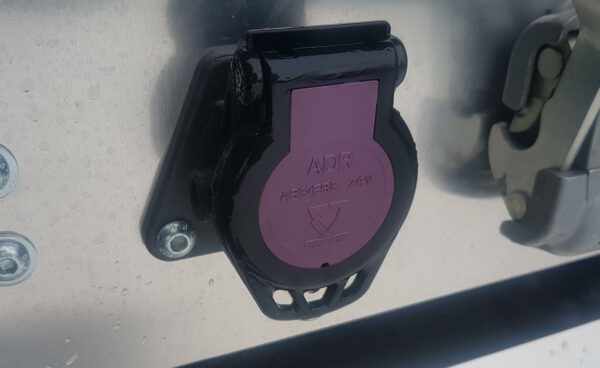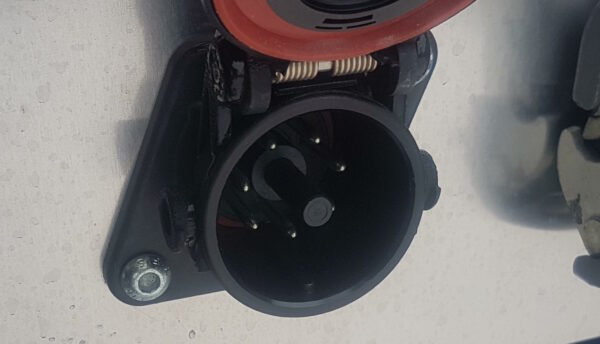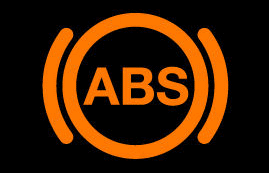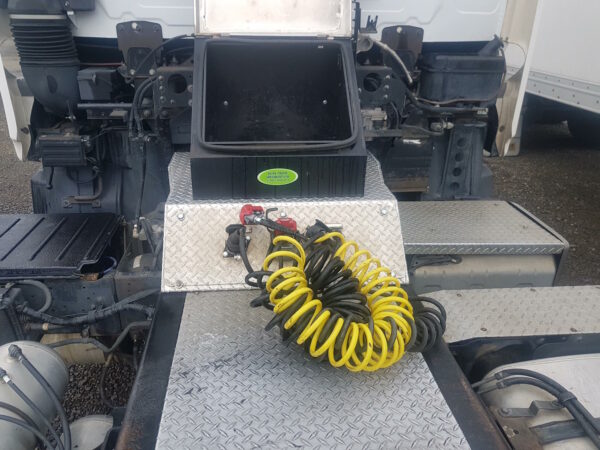The first antilock brake system for lorries was introduced by Fiat in 1971, but it didn’t work well for articulated units because the trailer brakes weren’t synchronised with the tractor unit brakes. In 1986 WABCO introduced EBS (electronic braking system) which provided a means of communication for a truck and trailer.
ABS, or antilock braking system, uses sensors to determine when a wheel begins to skid due to braking, and it then releases the brake momentarily before reapplying it again. Brake force can easily overcome the friction between the tyre and the road, especially when the surface is wet or slippery. Once the wheel locks, the friction is reduced due to the tyre creating a super-heated liquid rubber film where it is melting in contact with the road. Antilock brakes shorten the overall braking distance by keeping the average braking strength about as high as it can be.
However, to improve this system, EBS was invented. EBS works on the trailer brakes as well as the tractor unit or rigid towing vehicle brakes. This means that every wheel can be independently optimised in terms of its braking performance.
EBS is activated electronically which is substantially quicker than the conventional air braking systems on older lorries. EBS can stop a fully loaded artic up to 60 feet sooner from open road speeds. EBS can activate all braking systems electronically, including the retarder and engine brake. This means that the towing vehicle is reacting at the same time as the trailer because EBS communicates continuously between the two.
EBS is connected using a 7-pin cable in the suzi leads. Regular ABS was just 5-pin. The EBS cable is also a multi-voltage cable.
The cap for the plug should be marked.


If the EBS fails, the fallback is the regular air brake control pressure. If the EBS has failed, a warning light will appear on the dashboard and the vehicle should be taken to a service agent as soon as possible.

Common reasons for the EBS to fail are that the cable is cracked, dirt is in the cable, or there’s a bent pin not making a connection. Keep the suzi leads in a storage box when not in use to prolong their life.

